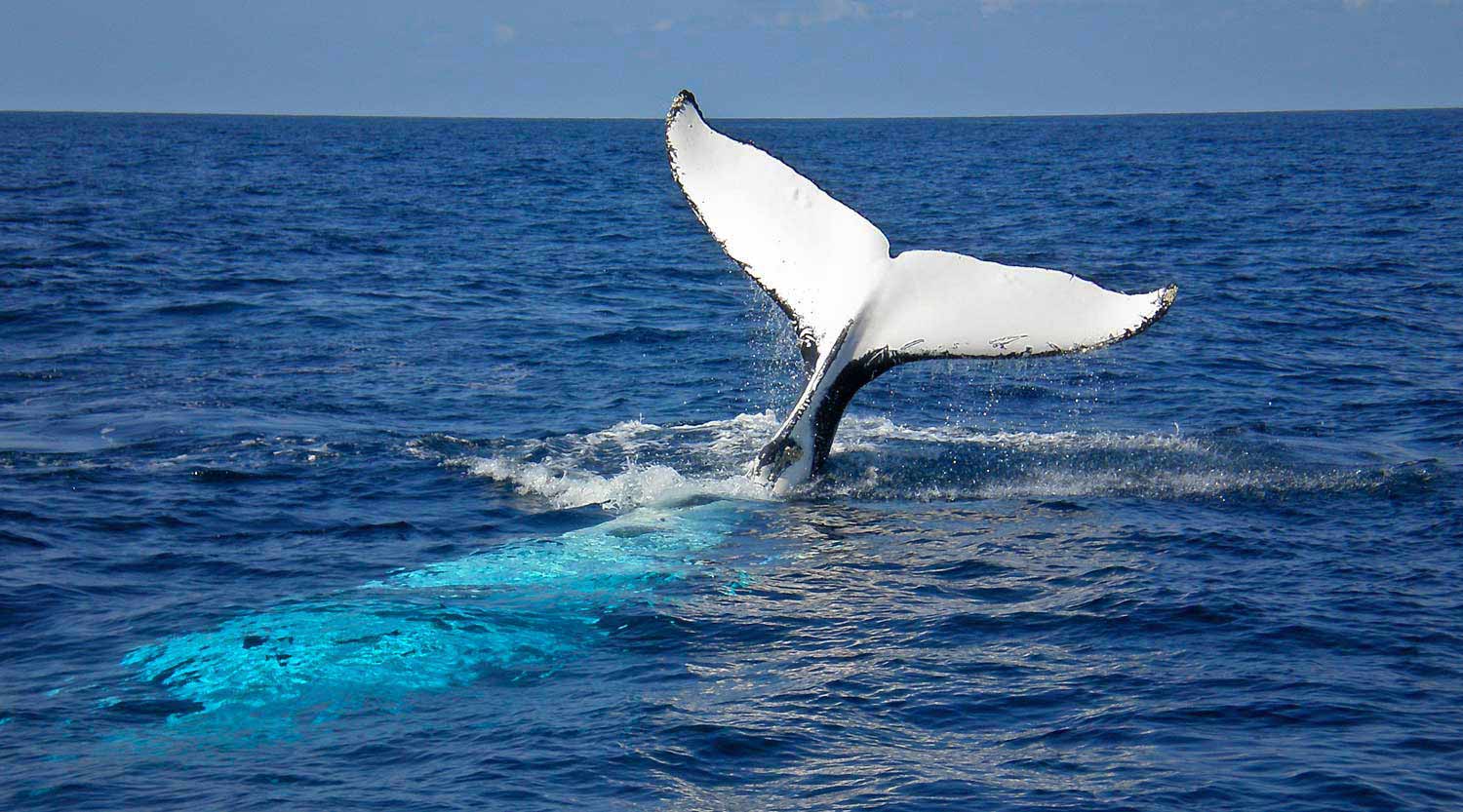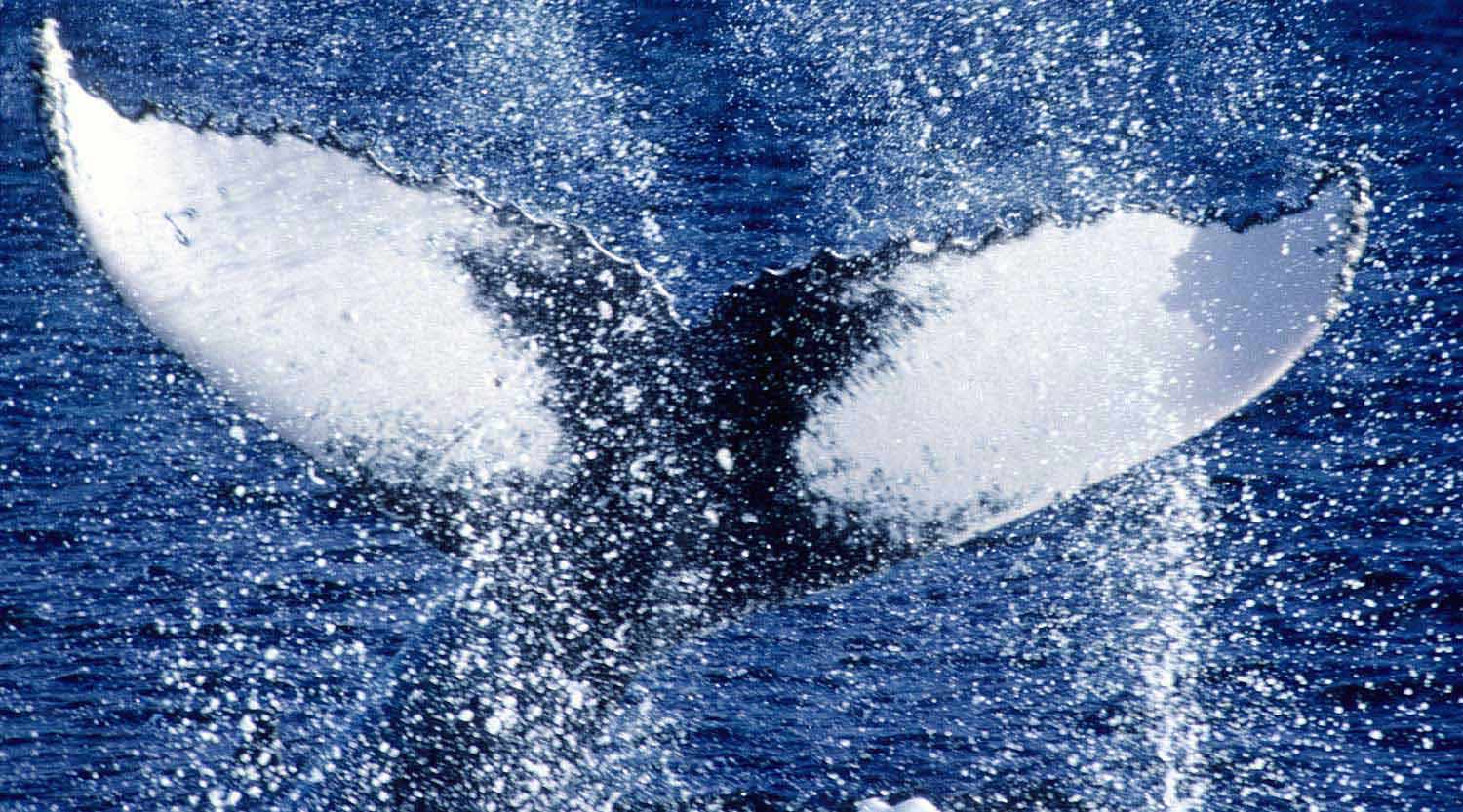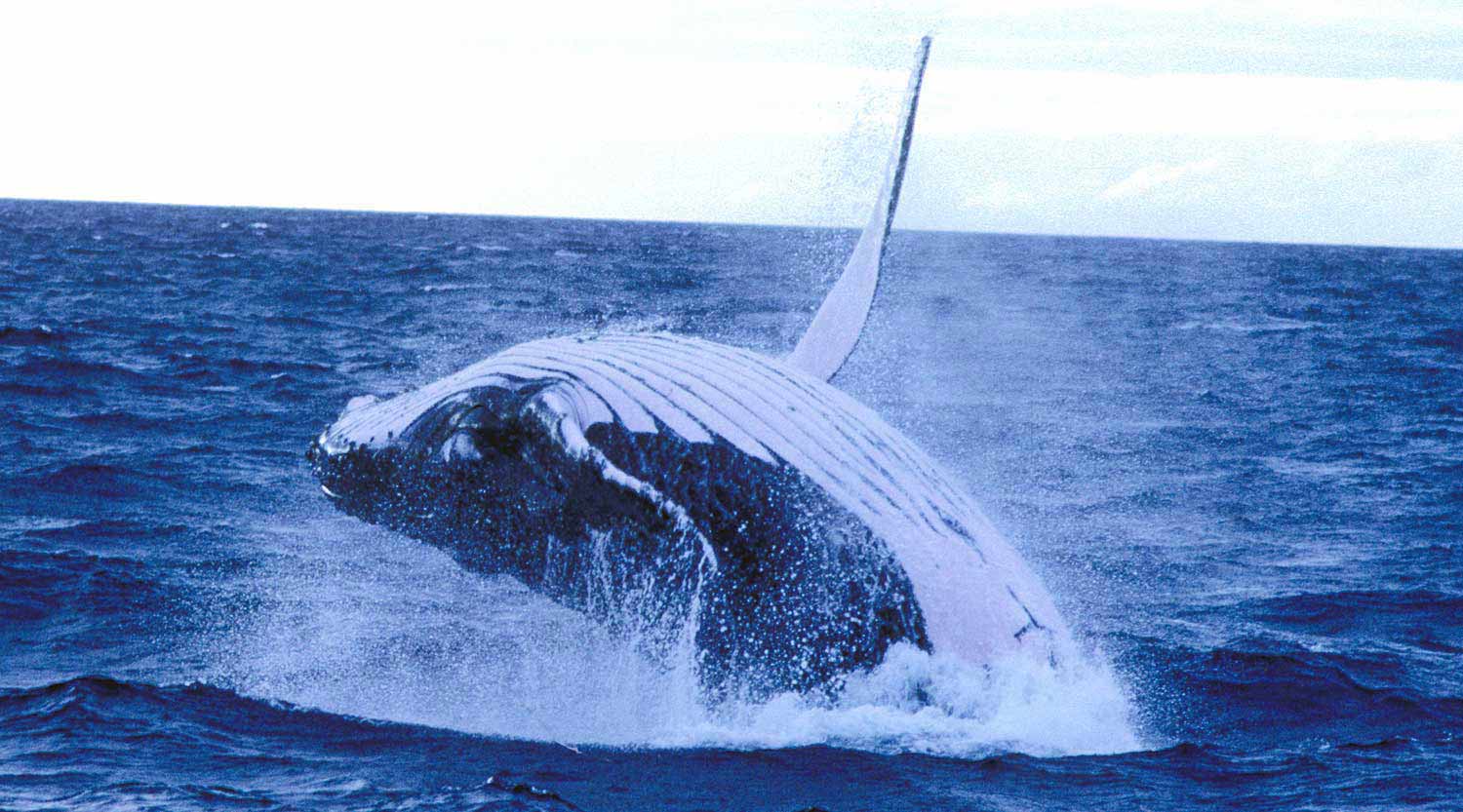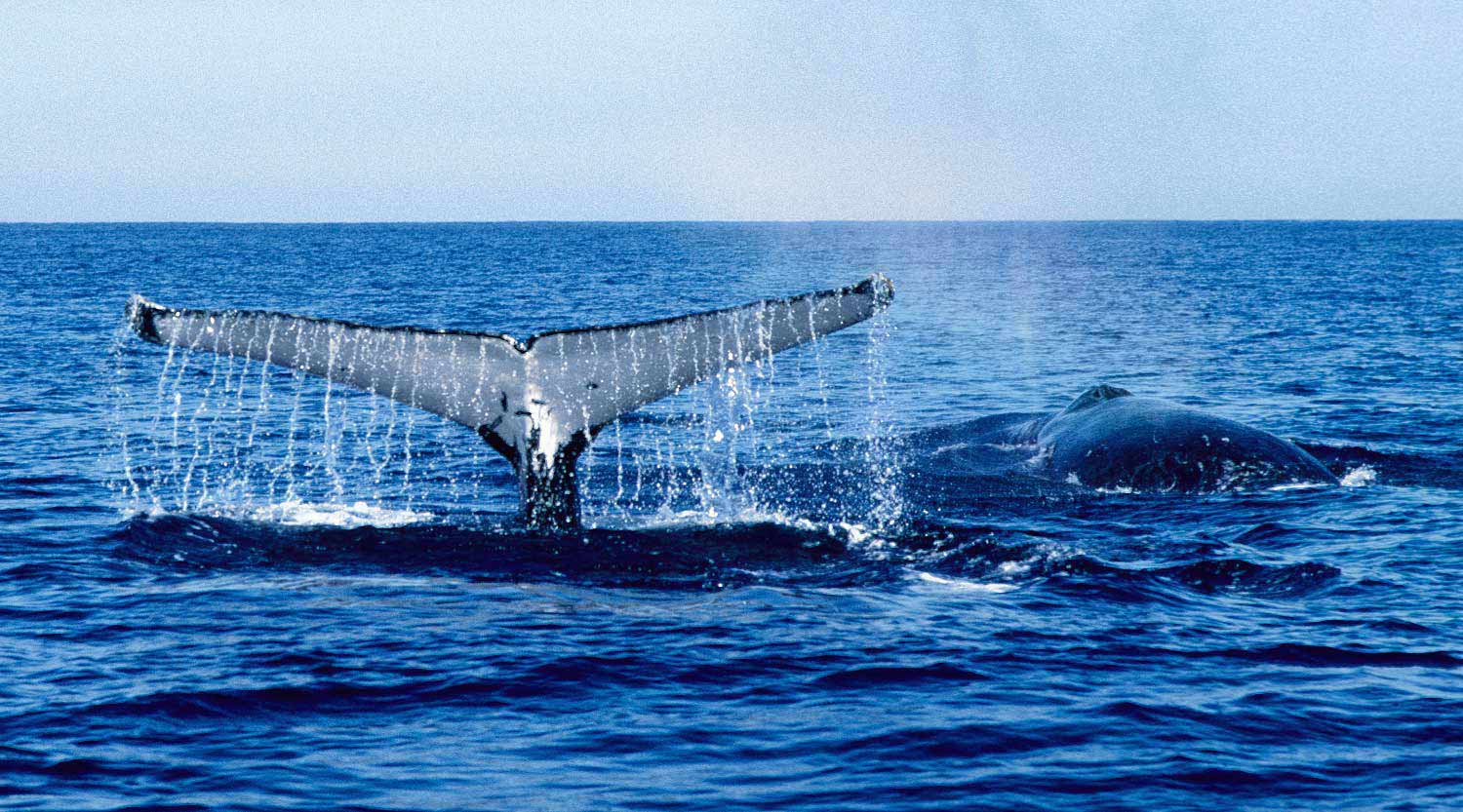Whale watching
We want you to have a fantastic visit to Booderee National Park that’s memorable for all the right reasons. Here are our tips to help you stay safe, particularly near waterways!
Booderee provides fabulous opportunities for whale watching due to its location on the NSW south coast.
The best location is at the historic Cape St George lighthouse at the end of Stoney Creek Road, where you can look for humpback and southern right whales beginning their northerly migration.
The whales usually begin their migration in early June and continue to the first week in July. They are heading to their breeding grounds in the warmer Queensland waters.
There are two main species of whale you might be able to spot off the coast of Booderee:
Listen to the whales

Download the podcast to learn more about sighting whales at Booderee.
You can also listen to the majestic humpback whale sounds to prepare yourself for the amazing experience of spotting a whale at Booderee.
How to spot a whale

The best time to spot a whale is in the late morning or early afternoon on a clear, calm day. The glare from the sun is less at these times allowing for clearer viewing.
Whale watching is an activity that often requires patience and a good set of binoculars. However, on some days – usually during the southerly migration in spring – whales will come very close to shore and may spend time frolicking in sheltered bays with their newly born calves.
When whales do come close to shore it is important to remain quiet and not disturb them. This is for the benefit of both the whales and the whale watchers, as the whales will be more likely to remain visible if not startled or stressed.
ORRCA Volunteers

During whale migration times you may meet up with an ORRCA volunteer.
ORRCA volunteers have been recording sightings along the Australian coast for many years. They are a source of knowledge about the whales and are happy to share their information.
ORRCA plays a vital role in the rescue of and research into whales and also dolphins and seals. Their hotline is 02 9415 3333.
Humpback whales

Humpback whales were nearly hunted to extinction. The last whaling station in New South Wales, at Byron Bay, closed in 1962 because so few whales could be found.
Humpback whales are now protected throughout Australia and are listed as a vulnerable species in New South Wales.
The humpback whale is one of the most easily recognisable of the large whales. Often the first sign of its presence is its ‘blow’, a cloud of vapour that it shoots into the air when it breaks the surface to breathe. They can be identified by their amazing show of breaches, rolls and dives.
Southern right whale

By the 1840s, southern right whales had been nearly hunted out and the whaling industry had collapsed. Populations of southern rights have been recovering ever since.
Today, scientists estimate that there are around 5000 southern right whales in the world. Southern right whales are protected throughout Australia and are listed as a threatened species under the NSW Threatened Species Conservation Act.
The southern right whale has two blow holes and produces a distinctive V-shaped cloud of vapour when it surfaces to breathe.
Stay in touch
Subscribe to receive important updates about Booderee National Park.






